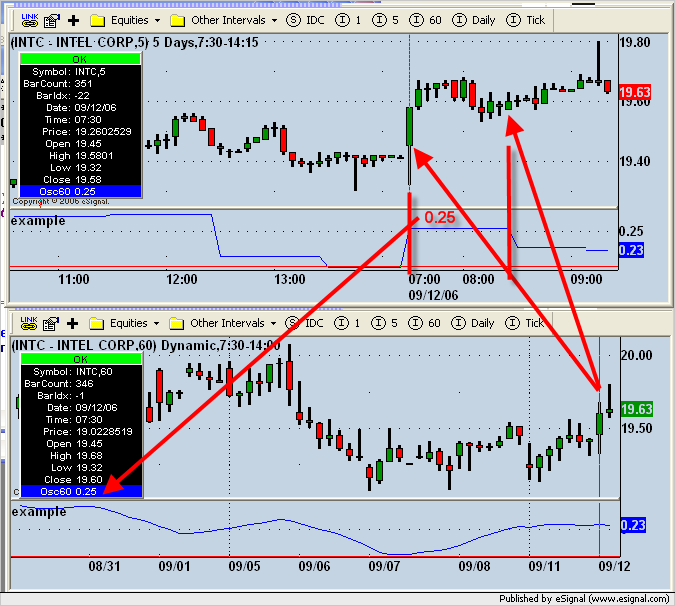I have several strategies developed and tested using the back tester currently using the strategy object to simulate trades.
Can you tell me what steps are involed to have these trades sent to my broker (FXCM) in real time. I've done some searches and understand a plug-in has to be installed. What options need to be specified in the Trade-Preferences options?
Are there any code changes needed to my efs strategy files specifically for real-time trading vs. back testing?
Can you tell me what steps are involed to have these trades sent to my broker (FXCM) in real time. I've done some searches and understand a plug-in has to be installed. What options need to be specified in the Trade-Preferences options?
Are there any code changes needed to my efs strategy files specifically for real-time trading vs. back testing?


Comment